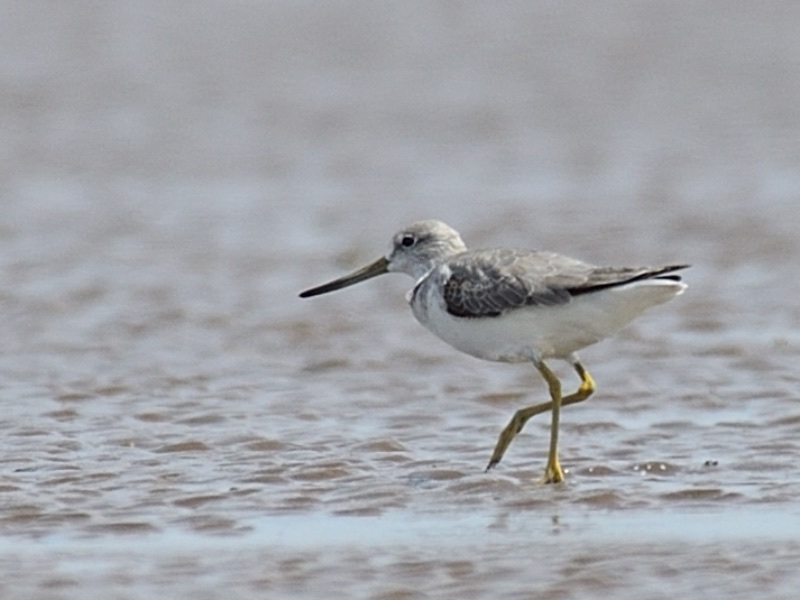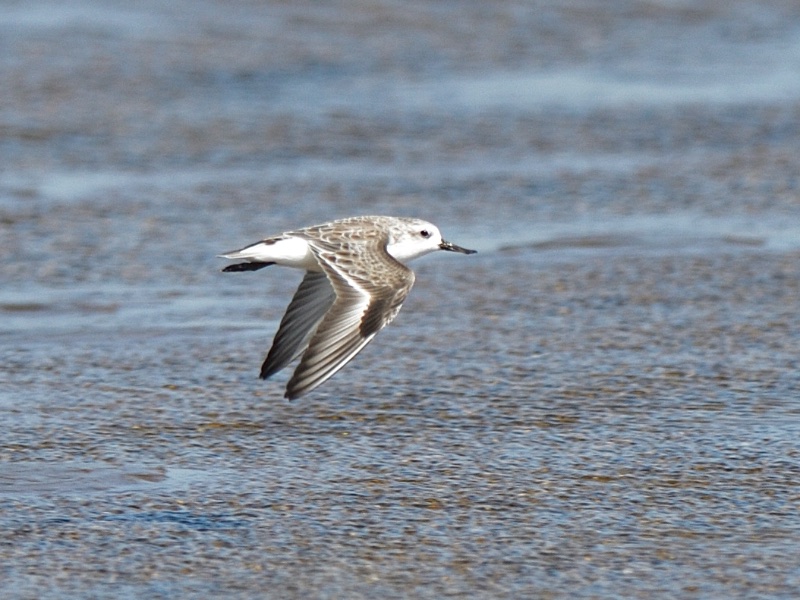Mekong Shorebirds

Full title: Strengthening the conservation of coastal Important Bird Areas (IBAs) in Viet Nam’s Mekong Delta region
1. Background
Intertidal mudflats and associated coastal wetlands along the East Asian–Australasian Flyway (EAAF) are of exceptional importance to biodiversity and people. These wetlands support more than 50 million migratory birds, including populations of 33 globally threatened species such as the Critically Endangered Spoon-billed Sandpiper. Coastal wetlands provide essential ecosystem services including coastal protection, filtration of pollutants, carbon sequestration and direct livelihood benefits such as fisheries upon which coastal communities are often heavily dependent. Yet, intertidal mudflats are also among the most threatened wetland ecosystems in the world. Recent studies estimate that nearly 16.02% of the world’s tidal flats were lost between 1984 and 2016, the majority in Asia.
The coastal wetlands of the Mekong Delta include sites known to be important for globally threatened migratory shorebirds, such as the Critically Endangered Spoon-billed Sandpiper (Calidris pygmaea) and the Endangered Nordmann’s Greenshank (Tringa guttifer), as well as a number of threatened resident waterbirds such as the Lesser Adjutant (Leptoptilos javanicus). However, vast areas of natural wetlands have already been destroyed or degraded by aquaculture, wet paddy farming and other types of cultivation. Remaining pockets of natural wetlands in the Mekong Delta are mostly small remnants that are surrounded by a mosaic of fish farms and rice paddies. Furthermore, only a small fraction of these wetlands is legally protected (covering protected areas at Can Gio, Ca Mau and Thanh Phu (Ben Tre). Many of them are encroached on by people harvesting wetland products, fish, birds, and shellfish.
Using standardised and objective criteria, Viet Nature Conservation Centre (the BirdLife Partner in Viet Nam) has identified 63 Important Bird and Biodiversity Areas (IBAs) across Viet Nam, including a number of wetland sites on the Mekong Delta and the southern tip of Viet Nam (on the Ca Mau Peninsula), and developed an inventory of these key sites (Buckton et al. 1999). Further rapid surveys of Mekong Delta sites for Spoon-billed Sandpiper were conducted in 2012-2013 by WILDTOUR. In northern Viet Nam, Viet Nature has recently undertaken an ecosystem valuation study of the coastal mudflats of Thai Thuy wetland on the Red River Delta using the Toolkit for Ecosystem Service Site-based Assessment (TESSA), which has provided a strong evidence base to strengthen the long-term conservation of these wetlands. Nevertheless, a comprehensive and updated assessment of wetland sites in the Mekong Delta in terms of their value for migratory shorebirds and biodiversity is lacking, and no thorough assessment has been carried out since 2000.
There has been little progress in protecting wetlands on the coastline of the Mekong Delta in the past two decades. A new category of Wetland Conservation Area for the protected area system in Viet Nam provide provisions for community usage of wetland resources within protected areas. This category also provides a greater possibility for establishing protected areas while supporting the livelihood of local communities and is more appropriate for coastal areas where migratory shorebirds are the conservation focus. In addition, as a new category, it offers the opportunity for trialling approaches which can be more widely replicated nation-wide.
This new project will survey up to five key wetlands on the Mekong Delta for their present importance for migratory shorebirds, using the recently updated criteria for globally-recognised Key Biodiversity Areas to re-assess their qualification as IBA or Key Biodiversity Areas (KBAs). The project directly contributes to the conservation of these sites by re-assessing their value for migratory bird conservation, threats, conservation needs and priorities, as well as strengthening engagement with local governments and local communities. The project will also involve working with wetland site managers to protect coastal wetlands using the principles of sustainable management of natural resources to provide safe havens for migratory shorebirds and secure long-term benefits for local people.
Current status of coastal IBAs and proposed coastal IBAs from north to south:
- Cần Giờ IBA – The IBA boundary needs correcting as it does not include important mudflats on the coast. The coastal area is not covered by the National Park, but it is covered by the Man and Biosphere Reserve
- Tiền Giang Estuary (aka Go Cong District and adjacent island) – a proposed IBA – no conservation measures are known at this site.
- Bình Đại IBA – currently no conservation measures are known. Adjacent to above site in neighbouring Ben Tre province. Significant modification to the wetlands due to aquaculture and water management activities
- Ba Tri IBA – Some conservation activities on site - WWF has set up a shellfish cooperative which receives/d Marine Stewardship Council Certification. Not harming and monitoring the local shorebird population is a requirement for MSC. Significant modification to the wetlands due to aquaculture and water management activities known.
- Bãi Bồi-Đất Mũi - Two IBAs, one nature reserve on the Ca Mau peninsula. May currently be the target of a WWF project. Will not be the focus of intensive surveys under this project.
2. Project objectives
The proposed project is for a start-up or ‘scoping’ phase which undertakes a comprehensive re-assessment of key sites on the coastline of the Mekong Delta with regards to its importance for migratory shorebirds and threats to migratory shorebirds, and provides the basis for a follow-up phase taking comprehensive and prioritised conservation actions.
Objectives for the first phase are,
- To re-survey the coastline of the Mekong Delta to identify and re-assess known (and proposed) Important Bird and Biodiversity Areas for migratory shorebirds, and identify immediate and long term threats.
- To build capacity of local coastal wetland managers in shorebird conservation where appropriate institutions are already present
- To identify conservation measures for protecting key coastal wetlands for migratory shorebirds, in consultation with local communities and local government
- To identify potential EAAFP Flyway Network Sites
3. Timeframe
Phase one (scoping phase): 12 months - September 2019 (to coincide with migratory season) to August 2020
Phase two: To be confirmed (subjected to the outcomes of Phase one)
4. References
Spoon-billed Sandpiper and shorebirds survey in the Mekong delta 2011
Spoon-billed Sandpiper and shorebirds survey in the Mekong delta 2013
Spoon-billed Sandpiper and shorebirds survey in the Mekong delta 2015




